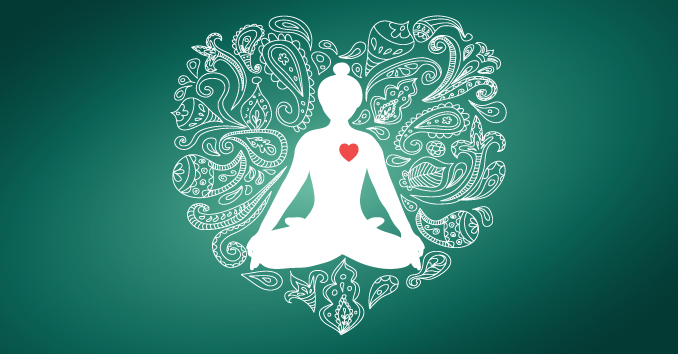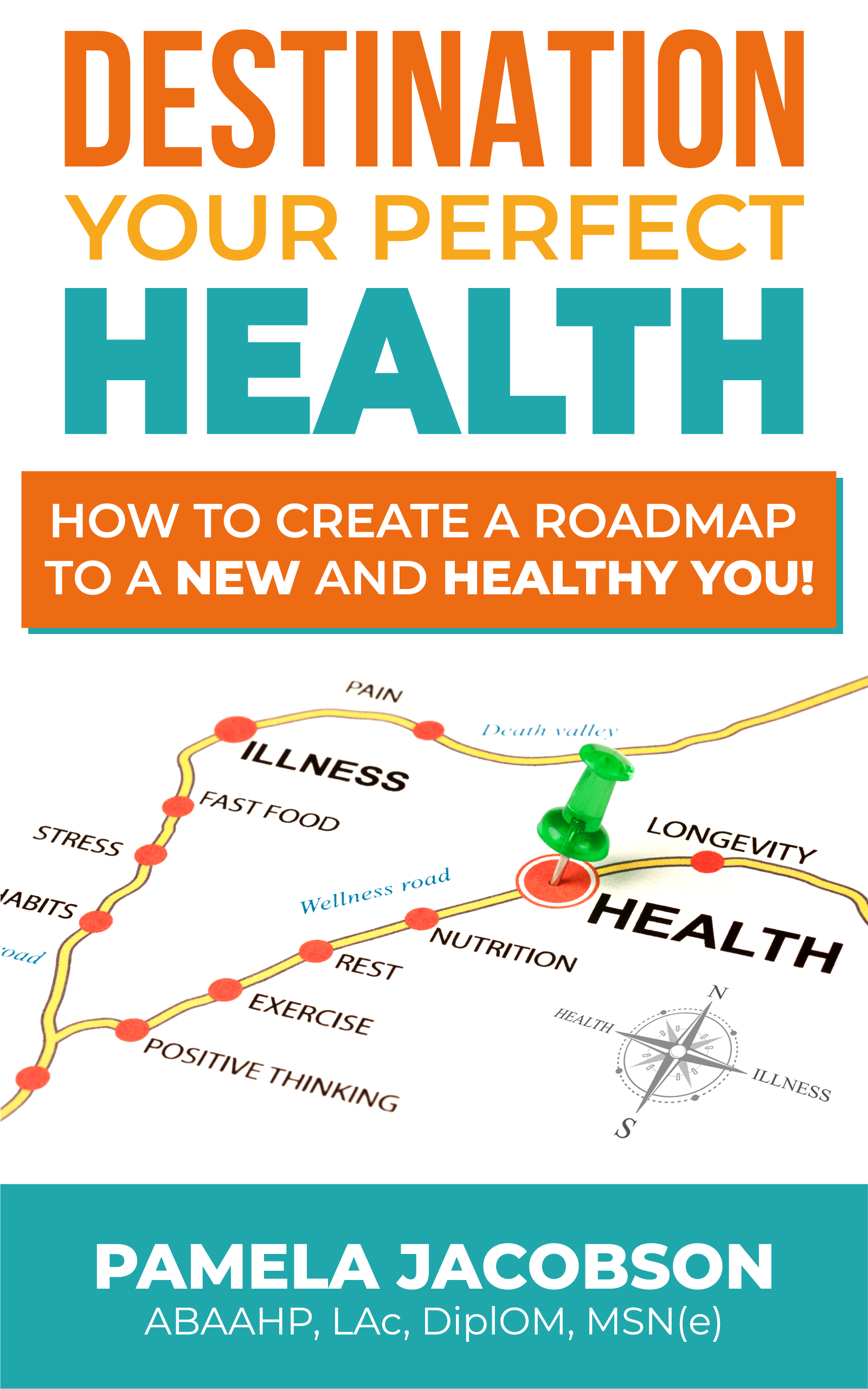
THS offers many services to aid in the reduction or elimination of chronic pain conditions including acupuncture, nutritional therapy, herbal medicine, massage, and yoga therapy.
 Five Barriers to Working with Chronic Pain and Other Stress Related Disorders
Five Barriers to Working with Chronic Pain and Other Stress Related Disorders
Working with chronic pain and stress related disorders can be particularly challenging. Many people are frustrated by having to live with chronic disorders such as joint and muscle pain, gastric reflux, headaches, and the many other stress related disorders people suffer with. Western medicine’s approach to these disorders is usually reactive, palliative, and typically only addresses the physical side. Although many of these conditions do have physical elements, they are also lifestyle based and have psychological components to them as well. In working with chronic pain and other stress related disorders, these five barriers often reveal themselves in one way or another. Knowing that these barriers are there and will eventually reveal themselves, makes working with these disorders a little easier.
Relationship to Pain
Making Pain Wrong - No one wants to be in pain, but as soon as we judge something to be wrong we create conflict with it. Having pain and discomfort is a part of life we all have to accept. Comfort orientation and the desire to always feel good directly impede our ability to work with chronic pain. How can I work with the pain if I refuse to accept what I am feeling because I would rather be comfortable? Running away, distracting ourselves, or numbing out from our pain, is exactly what keeps us in pain. It may seem counter-intuitive, but contained within the pain is the energy to heal it. By accepting our pain and not making any decisions or judgments about it, we are able to work with it. And working with chronic pain is how we begin to transcend it.
Identifying with Our Pain - Being in chronic pain we can eventually start to identify with it. It becomes ours. In a weird way there is an emotional attachment to our pain because it gives us a sense of familiarity, stability, and even identity. As a consequence, when our pain starts to diminish we can experience a sense of loss. Who am I without my aching back? Perhaps we decided that it is our lot in life to suffer. Or as one client who let me know the reason why she was suffering from chronic back pain, because it was her turn to bear the cross.
As we begin to heal we find we have to change our life, although in a good way, because the pain no longer hinders us from doing the things we want. Or we can discover that our newfound well-being creates conflict with how we view ourselves or others. We find ourselves confronted with a choice. Do I choose to embrace a new way of being (and give up what I have now) or do I want things to stay the same because they are familiar, stable, and fit in with how I view myself and others?
Misidentification of Pain Signal
The Pain of Injury and the Pain of Healing - There are two types of pain: the pain of injury and the pain of healing. The pain of injury is characterized by stiffness and a restricted range of motion. The body is trying to protect itself. Attempting to work around stiffness, by locking in and swinging body weight around the area of pain, usually results in lower initial feelings of discomfort. But this also leads to a minimized capability of healing and an increased potential for injury. In contrast, the pain of healing is characterized by soreness and an increased range of motion. Challenging and working through areas of stiffness results in a greater range of motion but with soreness. This is the pain of healing. Think about a massage. It does not feel “good” but after, things move a little easier. There may be soreness but there is also an increase in range of motion.
As we begin to heal it can feel like we are not improving or that things are actually getting worse because now my back is aching more than before. An increased sense of awareness of the area of pain as well as aching and soreness accompany the healing process. This is a necessary phase. Imagine you have made a fist with your hand for the past 10 years. When you now try to unclench the hand, it will feel painfully stiff. As a consequence of moving your hand there will be soreness, but also an increased range of motion. A comparable experience is happening with chronic pain. Muscles have been held chronically locked for years, even decades. To move them will surely bring soreness, but also increased range of motion and eventual healing.
Unresolved Emotional Conflicts
Often chronic pain has ties to emotional issues. Sometimes it can be difficult to let go of our beliefs and attitudes in order to get better. Unresolved emotional pain and conflict manifest in the body as chronic physical tension. If healing my back means giving up my beliefs about my parents, society, social issues, etc., I may decide that my position is justified and would rather be right than get better. If this is the case, we may obtain some minor relief from chronic pain, but healing will not go beyond a certain point until the underlying emotional conflicts are resolved.
Unrealistic or Non-Specific Goals
Setting a goal for ourselves can help us to stay motivated even when things are difficult. However in goal setting, it is important to be realistic and specific, otherwise we will quickly lose desire and motivation. Many people set the goal of being pain free. But being pain free is neither a realistic, specific, nor attainable goal. Pain and discomfort are just as much a part of life as pleasure and contentment.
Another way people set unrealistic and non-specific goals is in the amount of time it will take to break free of chronic pain. Frequently the patterns that set up the conditions for chronic pain to manifest occur years before there is any pain at all. Although we may have had chronic pain for three years, the physical and mental-emotional patterns behind the pain may have existed for 15-20. If I set the goal that I will be free from chronic pain in three months, it can be very discouraging. Is it realistic to expect a pattern that may be 15 years long, which may also have connections to identity, unresolved emotional conflicts, and secondary benefits to be resolved in three months? Additionally, how would I know when I have reached my goal? The goal of being free from chronic pain in three months does not give me any signposts I can use to chart my progress.
Secondary Benefits
Although it may sound bizarre, chronic pain does give us some hidden advantages known as secondary benefits. These secondary benefits can sometimes be difficult to give up as we start to heal. For example, you really don’t want to go into work today because there is something else you would rather do. But you can’t call your boss and tell him that. Suddenly you notice your back pain flares up. So you call your boss and tell him that your back really hurts and you won’t be coming in because you are in too much pain. Your chronic back pain has given you the secondary benefit of being able to take a day off from work when you want. This concept can be applied to other situations as well. Ultimately anything that is inconvenient or you do not want to do is where secondary benefits will tend to manifest.
Western medicine’s approach to chronic pain is usually palliative, reactive, and involves the use of drugs and surgery. Its view of the body is that it is prone to chronic pain and disorders, not really taking into account posture, lifestyle, and psychology. The Western approach, with the use of drugs and surgery, in a sense absolves us of the responsibility we have in our disorder. Chronic pain just happened to me, I was not a contributor to it. As we begin to see the possibility of healing, we find we have to stop playing a victim to our disorders. Are we willing to take a more active, participatory role in our own healing process? This may mean that we have to give up our current lifestyle, how we view ourselves and others, or even how we choose to think. That may be asking a lot of ourselves. But if we truly want to be free of our chronic pain we have to stop doing what does not work, give up what we have now, and address the issue at its root.
